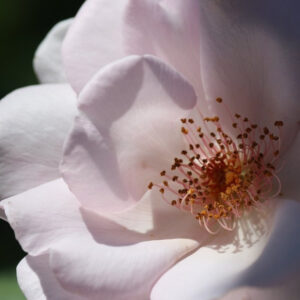The State Botanical Garden of Georgia is a 313-acre botanical garden operated by the University of Georgia. The university established the garden in 1968 to study and appreciate plants and nature. This garden is a “living laboratory” for teaching, research, public service, and outreach missions for the university and Georgia residents. The garden features a conservatory, roughly five miles of nature trails and a diverse range of natural features and includes various plant communities and habitats that are common in the Georgia Piedmont region. In 1984, it was officially recognized as Georgia’s State Botanical Garden.
30605
Horticulturist and collector Harrison G. Yocum started the Tucson Botanical Gardens in his home in 1964. After moving to Randolph Park, the gardens moved to their current location, at the historic Porter Family property, in 1974. The five-and-a-half-acre Tucson Botanical Gardens is home to a range of plants native to the local region, including cacti and arid plants. Its Butterfly & Orchid Pavilion, open from October to May, features a display of live tropical butterflies from five continents. The garden also showcases orchids, bromeliads and jungle vegetation.
85712
Businessman James Deering built Villa Vizcaya between 1914 and 1922. The house served as his winter residence until he passed away in 1925. Currently, Miami-Dade County owns the property in the Coconut Grove neighborhood. Besides exploring the 34-room house, visitors can also tour the 10-acre gardens on the premises. Several movies, including Bad Boys II, have featured the house.
The 25-hectare Wellington Botanic Garden in Wellington on the side of the hill between Thorndon and Kelburn. The garden, established in 1868 and classified as a Garden of National Significance by the Royal New Zealand Institute of Horticulture, features a range of protected native forests, plants and seasonal displays. It also features a variety of non-native species, including the extensive Lady Norwood Rose Garden.




